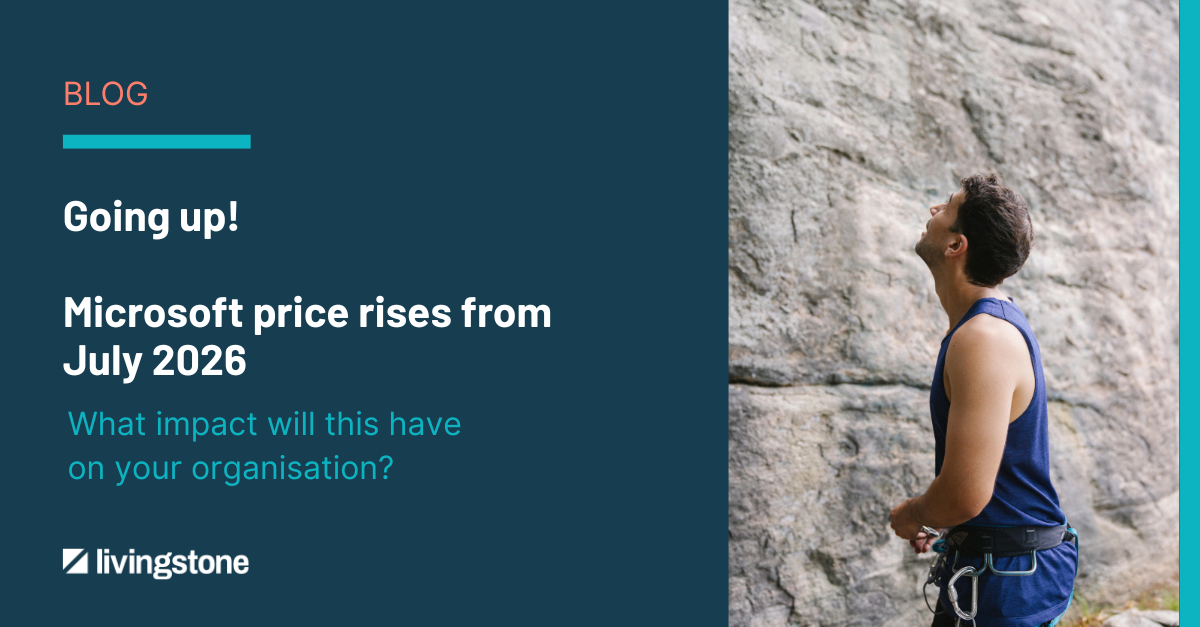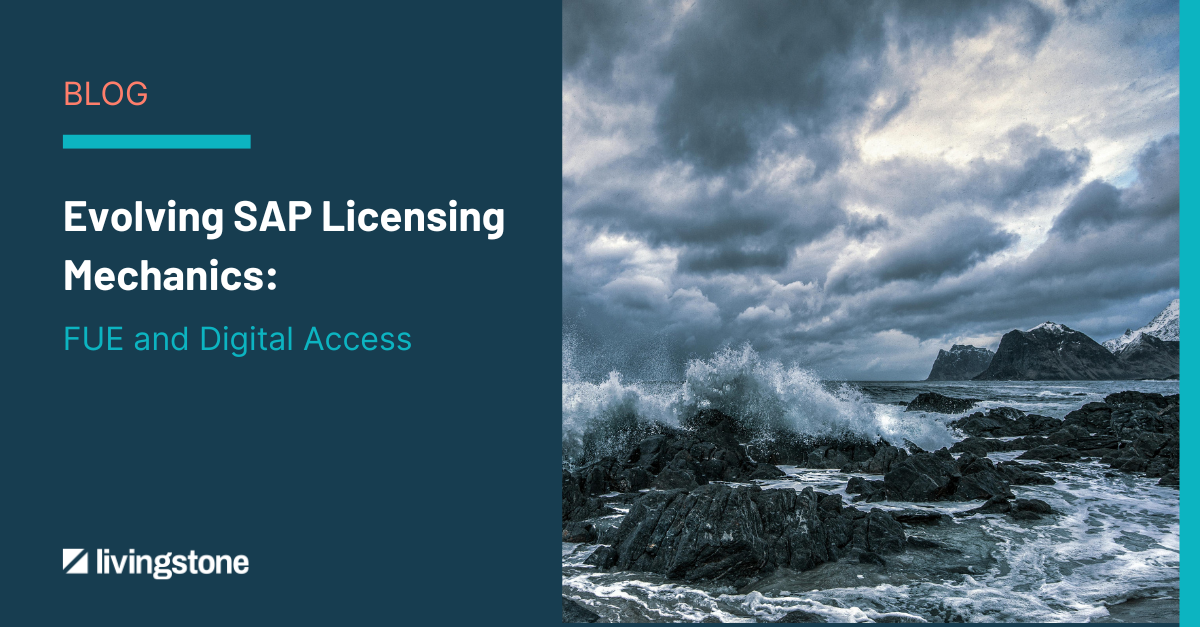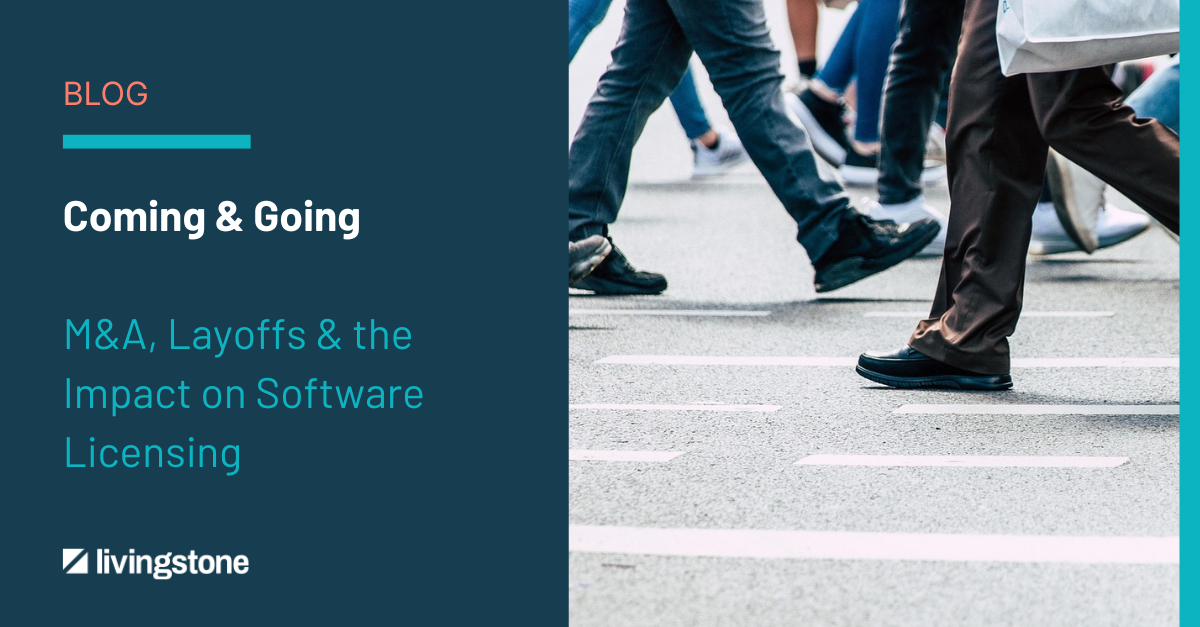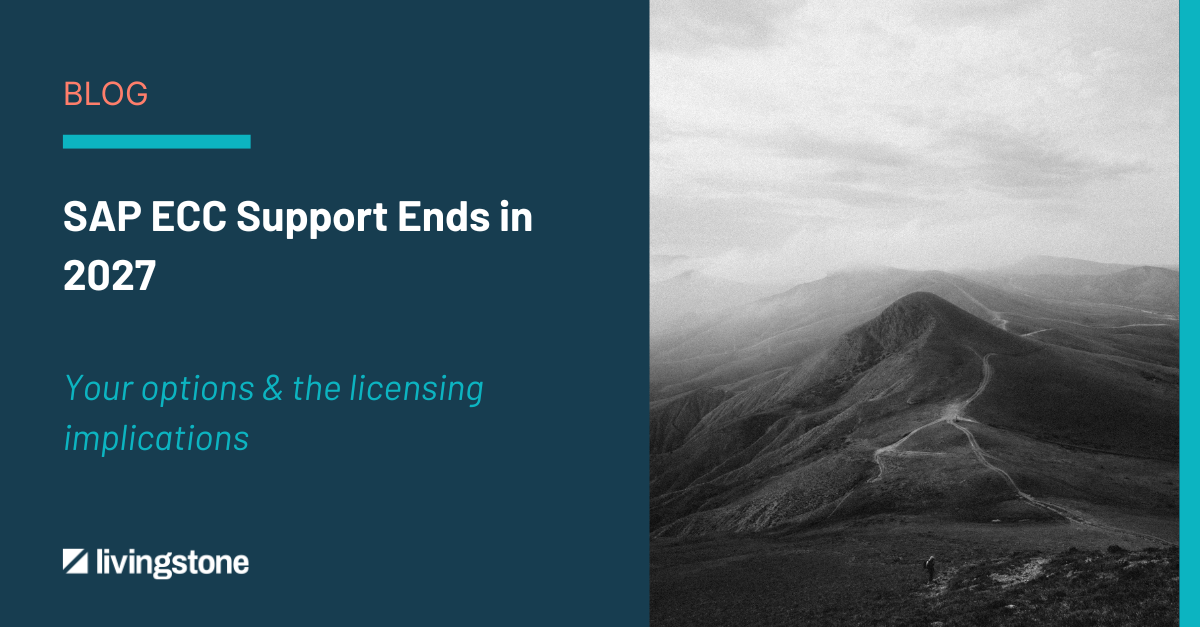Modern businesses don’t operate in isolation. Data flows constantly between systems, applications, and partners. Whether it’s an e-commerce platform sending orders to SAP or a supplier portal triggering invoice creation, third-party systems are interacting with SAP environments more than ever before.
That’s where things get tricky. Because every time those systems create or update information in SAP, it could count as indirect access, and if it’s not properly licensed, that can turn into a serious compliance and cost issue.
SAP’s answer to this is the Digital Access model. While it’s been around for a while, many organizations are still unsure what it really means for them, how it differs from the old Indirect Access model, and whether making the switch is worth it.
This blog explores what this is, what to look out for and how Livingstone can help.
What is Digital Access?
Digital Access is SAP’s licensing approach for indirect usage, where SAP is accessed through another application or system, not directly by a named user. Rather than licensing individuals, it counts the number of specific digital documents generated or processed by those systems. These documents might include things like sales orders, invoices, purchase orders, or delivery notes.
SAP introduced this model to simplify and clarify what had become a murky area of licensing. It moves away from the grey areas of user-based indirect access, but it introduces a new set of things to monitor and understand.
The Differences Between Digital Access and Indirect Access
Here’s how the two models compare:
Indirect Access (the old model)
- Licenses are based on user access with document licenses for Sales, Service, and Purchase Orders
- Hard to track and manage, especially as integrations increase
- High risk of being non-compliant without realising
- Often leads to disputes during audits
Digital Access (the newer model)
- Licenses are based on the number of digital documents created
- Easier to measure (in theory) using SAP’s estimation tool
- Greater transparency but still needs careful interpretation
- Can be cost-effective, but not always
On paper, Digital Access offers a cleaner alternative. But switching isn't always the best route for every organization.
What Should You Watch Out For?
If you’re evaluating Digital Access or already using it, there are a few things to keep a close eye on:
- The measurement tool is just a starting point
SAP’s estimation tool gives an overview of document volumes, but it doesn’t translate directly into licenses. Manual analysis is needed to get a true picture of what you actually need. - Discounts under the adoption programme aren’t automatic
If you’re moving to Digital Access for the first time, check that SAP has applied the correct discounts from the Digital Access Adoption Program. We’ve seen cases where these were left out unless the customer specifically asked for them. SAP Digital Access Adoption Offer - It might still be expensive
Even with credits for retiring old Indirect Access licenses, moving to Digital Access can come with a hefty price tag. It’s important to calculate the long-term cost based on your actual usage. - Visibility is key
Without a clear understanding of which systems are generating documents and how often, you could either overpay or face unexpected compliance issues later. - Audits are getting tougher
SAP is focusing more on indirect use during audits, and the pressure to move to Digital Access is growing, particularly for those with large legacy SAP estates.
How Livingstone Can Help
We’ve helped many organizations understand and navigate the complexities of SAP’s licensing models. Whether you’re thinking about moving to Digital Access or you’re already there and need help managing it, we can support you at every stage.
- We’ll explain the differences in plain language and help you assess the pros and cons of switching
- We’ll analyse your current digital access footprint to determine what licenses you actually need
- We’ll support contract negotiations so you get the best possible deal and avoid unnecessary spend
If you want to stay compliant, avoid unexpected costs, and get the most value from your SAP investment, we're here to help.
Get in touch
If you have questions about your SAP licensing, contact us and one of our experts will be happy to chat.
Author
Lucy Shillito, Senior Consultant at Livingstone Technology




